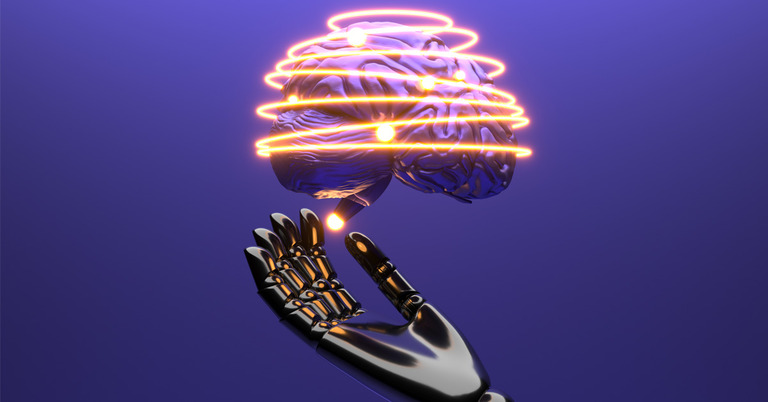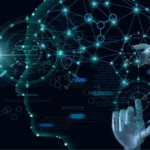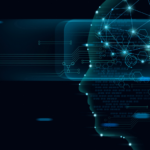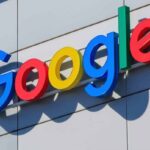
The Rise of AI in Creative Industries
Artificial Intelligence has made remarkable progress in recent years, particularly in the domain of creativity. Generative models, a cutting-edge subset of AI, are now capable of producing art, music, and written content that not only mimics human creativity but often challenges our perceptions of what machines can achieve. This technological leap is reshaping creative industries, opening up new possibilities for artists, musicians, and content creators, while also raising important questions about the future of human creativity.
Understanding Generative AI Models
Generative AI models, such as GPT (Generative Pre-trained Transformer) for text and DALL-E for images, represent a significant advancement in machine learning. These models use deep learning techniques and are trained on vast datasets to understand and replicate complex patterns in human-created content.
- How they work: Generative models use neural networks to analyze patterns in data and generate new, original content based on what they’ve learned.
- Types of models: Discuss various architectures like GANs (Generative Adversarial Networks), VAEs (Variational Autoencoders), and transformer-based models.
- Training process: Explain how these models are trained on massive datasets to learn the intricacies of different creative domains.
AI in Visual Arts
- Digital art creation:
- AI tools generating unique artworks from text prompts
- Examples of AI art platforms like Midjourney and DALL-E 2
- The emergence of AI-generated NFTs in the digital art market
- Style transfer:
- How AI applies artistic styles to photographs and videos
- Popular applications like Prisma and their underlying technology
- The potential for creating new hybrid art forms
- Assisting traditional artists:
- AI as a collaborative tool for sketching and ideation
- Enhancing workflows in graphic design and illustration
- The debate around AI’s role in augmenting human creativity
AI in Music Production
- Composing original melodies and harmonies:
- AI systems that can generate complete musical scores
- Tools like AIVA and Amper Music for AI-assisted composition
- The use of AI in film scoring and video game soundtracks
- Generating lyrics and song structures:
- How AI analyzes patterns in existing lyrics to create new ones
- The potential for AI to help overcome writer’s block
- Ethical considerations around AI-generated lyrics and copyright
- AI-assisted music production and mixing:
- Automated mastering services like LANDR
- AI tools for sound design and virtual instruments
- The impact on the role of music producers and engineers
AI in Content Creation
- Automated article writing and blogging:
- How AI can generate news articles and blog posts
- The use of AI in content curation and summarization
- Challenges in maintaining authenticity and avoiding misinformation
- Personalized content recommendations:
- AI algorithms that tailor content to individual user preferences
- The impact on user engagement and content discovery
- Privacy concerns and the ethical use of user data
- AI-powered video editing and generation:
- Tools that can automatically edit and optimize video content
- AI-generated virtual YouTubers and influencers
- The potential for AI to create entire video narratives from scripts




